John had done everything by the book. He quit his job, spent months refining his product, and even managed to raise a small round of funding. His startup had a sleek website, a solid team, and a product he was convinced people needed.
But there was one problem—nobody was buying.
At first, he chalked it up to awareness. Maybe people just didn’t know about it yet. So he ran some ads, hired a marketing consultant, and tried a few social media campaigns. The results? A handful of signups, but no real traction. Weeks turned into months, and the runway started shrinking. Investors began asking tough questions. Friends and family, once excited about his idea, started to sound less enthusiastic.
John had built something great. So why weren’t customers showing up?
This is the part of the startup journey that rarely makes it into success stories. The reality is that most startups don’t fail because their product isn’t good enough. They fail because they never figured out how to get customers in the first place.
And the worst part? Most founders don’t realize this until it’s too late.
The Startup Trap: Focusing on the Wrong Things
John wasn’t alone. Walk into any startup accelerator, and you’ll find founders obsessing over the same things—perfecting their product, crafting the perfect pitch deck, or tweaking their branding. It’s easy to get caught up in the excitement of building something new. The problem? None of that matters if no one is buying.
Take BrightPay, a payroll software startup that launched with a beautifully designed platform, an intuitive interface, and a team of industry veterans behind it. They spent months refining their technology, raising money, and hiring top talent. But there was one glaring issue: they had no real strategy for getting their first customers.
They assumed media buzz and a well-built product would naturally attract users. It didn’t. They burned through their seed funding in under a year, struggling to gain traction while competitors with half the features were growing fast. Why? Because those competitors understood something BrightPay didn’t—getting customers isn’t a side task. It’s the main task.
The biggest myth: ‘If we build it, they will come’
Founders love to believe their product is so good that customers will magically appear. They won’t. Even the best products in the world need a real plan to attract, engage, and convert customers.
Most startups don’t fail because they build the wrong thing. They fail because they focus on the wrong thing.
The Harsh Truth: Nobody Cares About Your Product (Yet)
John kept wondering why people weren’t buying. He had poured his heart into building something valuable. But here’s what most founders don’t realize—customers don’t care about your product. They care about their own problems.
Imagine walking into a party and meeting someone who won’t stop talking about themselves. Their accomplishments, their ideas, their vision—it’s all about them. That’s how most startups sound when they launch. They flood social media with posts about their features. They craft press releases announcing their “groundbreaking” solution. But the truth is, nobody wakes up thinking, I wish there was a new startup I could support today.
Customers wake up thinking about their own struggles. They have deadlines to meet, bills to pay, and problems they need solved—right now. They don’t care about your sleek interface or your latest funding round. They care about one thing: Can this help me?
The startups that grow fast aren’t necessarily the ones with the best product. They’re the ones that figure out how to answer that question loud and clear.
The Missing Piece: A Customer Acquisition System

John tried everything—ads, social media, even hiring a PR agency to get his startup featured in a few publications. But nothing moved the needle. That’s because he was doing what most struggling founders do: throwing tactics at the wall and hoping something sticks.
Hope isn’t a strategy. Neither is luck.
The startups that succeed don’t rely on random marketing experiments. They build a customer acquisition system—a repeatable way to attract, engage, and convert new customers consistently.
A few things separate startups that win from those that don’t:
- They know exactly who they’re selling to.
Most startups think their product is for “everyone,” but that’s a fatal mistake. Successful founders obsess over their ideal customer—where they spend time, what they struggle with, and how they make buying decisions. - They speak the customer’s language.
Features don’t sell. Outcomes do. People don’t buy a project management tool—they buy a way to stay organized and hit deadlines without stress. Startups that win know how to talk about their product in a way that makes customers say, That’s exactly what I need. - They master distribution.
It’s not enough to have a great product and a great message—you need a way to get in front of the right people at scale. That could mean paid ads, partnerships, content marketing, direct sales, or a mix of all four. The key is intentionality—having a clear system that keeps the pipeline full.
The biggest difference between a startup that struggles and one that scales? One has a predictable way to bring in customers. The other just hopes for the best.
The “First 100 Customers” Rule
John thought he needed thousands of users to prove his startup was working. But what he really needed was 100 real customers—people willing to pay, use the product, and tell others.
Early traction isn’t about vanity metrics. It’s about proving that real people will actually spend money on what you’ve built. And getting those first 100 customers isn’t about running flashy ad campaigns or going viral. It comes down to three things:
- Talking to people directly. Most startups try to automate too soon. But in the beginning, founders need to have real conversations—whether through cold emails, direct outreach, or in-person networking. It’s not scalable, but it’s necessary.
- Building a small but engaged community. Instead of chasing big numbers, smart startups focus on a small group of highly engaged customers. That could mean starting a private Slack group, hosting small meetups, or even just keeping in close contact with early users to refine the product.
- Partnering with people who already have your audience. The fastest way to get traction isn’t always building an audience from scratch—it’s tapping into someone else’s. Whether through collaborations, guest content, or influencer partnerships, getting in front of the right people early can make all the difference.
The startups that hit escape velocity aren’t the ones with the flashiest launch. They’re the ones that put in the work to get their first 100 paying customers—without shortcuts.
Why Founders Resist This (and How to Fix It)
John wasn’t lazy. He wasn’t clueless. But like many founders, he resisted the hard truth—getting customers requires selling, and selling feels uncomfortable.
Most startup founders love their product. They love building, tweaking, and improving. But when it comes to putting themselves out there—sending direct emails, hopping on sales calls, or pitching their product in real conversations—they hesitate.
Here’s why:
- They think “the product should sell itself.”
It won’t. Even the best products need a push to get in front of the right people. Tesla didn’t just drop cars in showrooms and hope for the best. Apple didn’t assume people would just find the iPhone. - They’re afraid of rejection.
It’s easier to tweak a landing page than to hear “no” from a real person. But those early “no’s” aren’t failures—they’re market feedback. Every rejection is a clue to what needs to change. - They assume marketing can wait.
“We’ll figure out customer acquisition later” is a death sentence. If there’s no early traction, adding more features or raising more money won’t solve the problem.
How successful founders think differently
The ones who break through treat sales and marketing as part of the product, not an afterthought. They do things that don’t scale in the early days—sending cold emails, jumping on calls, personally onboarding customers—because they know traction isn’t magic. It’s built.
The sooner a startup embraces this mindset, the faster they stop struggling and start growing.
The Bottom Line: Customers First, Product Second
John eventually figured it out. Not by adding more features. Not by tweaking his branding. But by shifting his mindset—customers come first, the product comes second.
The startups that win aren’t always the ones with the best technology or the most funding. They’re the ones that figure out how to reach, attract, and convert customers before obsessing over perfection.
The reality is simple:
- A good-enough product with a great acquisition strategy will always beat a perfect product with no customers.
- Selling isn’t a necessary evil—it’s the heart of every successful startup.
- If nobody is buying, the problem isn’t the market. It’s the strategy.
John’s startup didn’t take off because of a viral moment or a lucky break. It took off because he stopped waiting for customers to find him—and started doing the work to bring them in.
That’s the real difference between a startup that struggles and a startup that scales.




